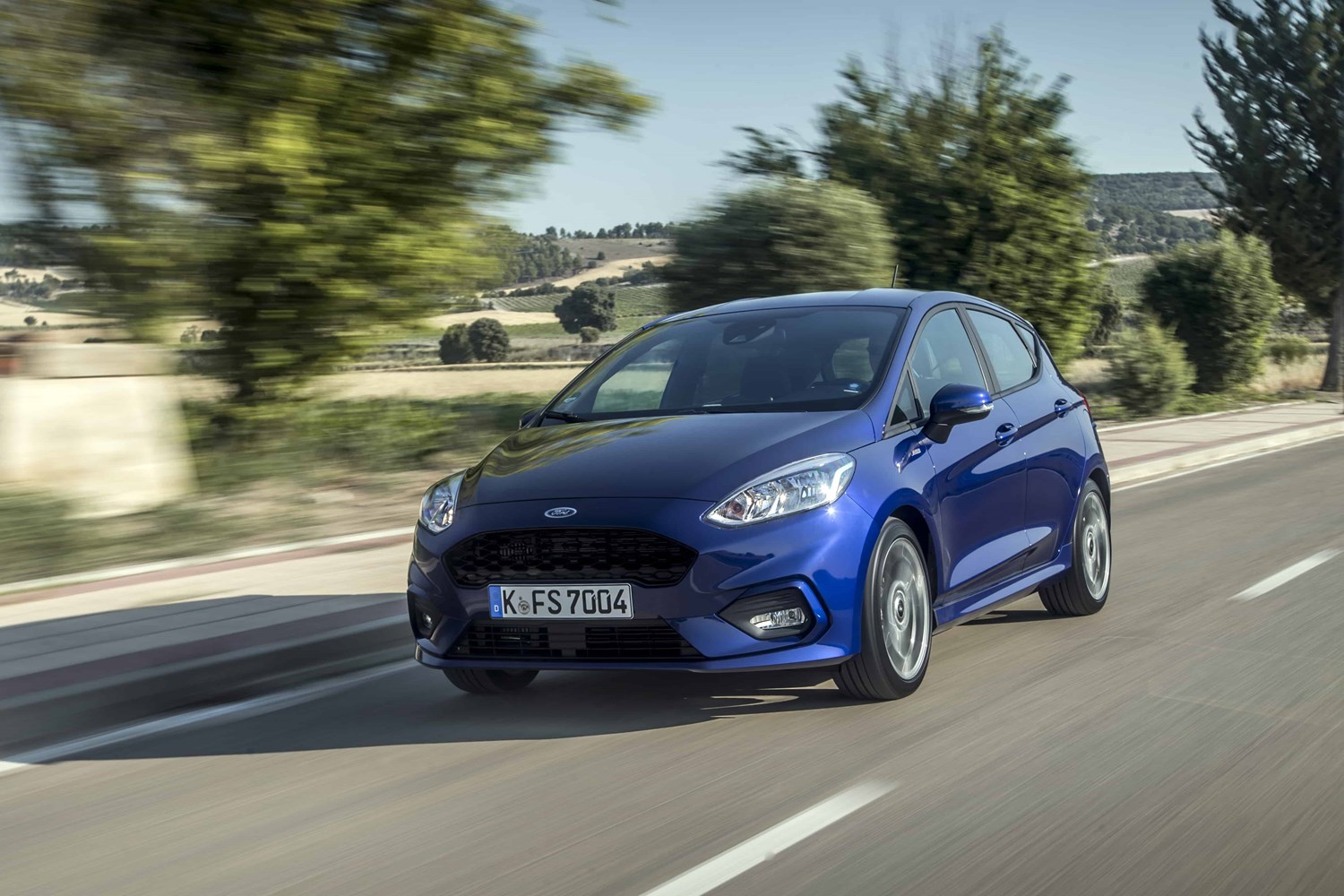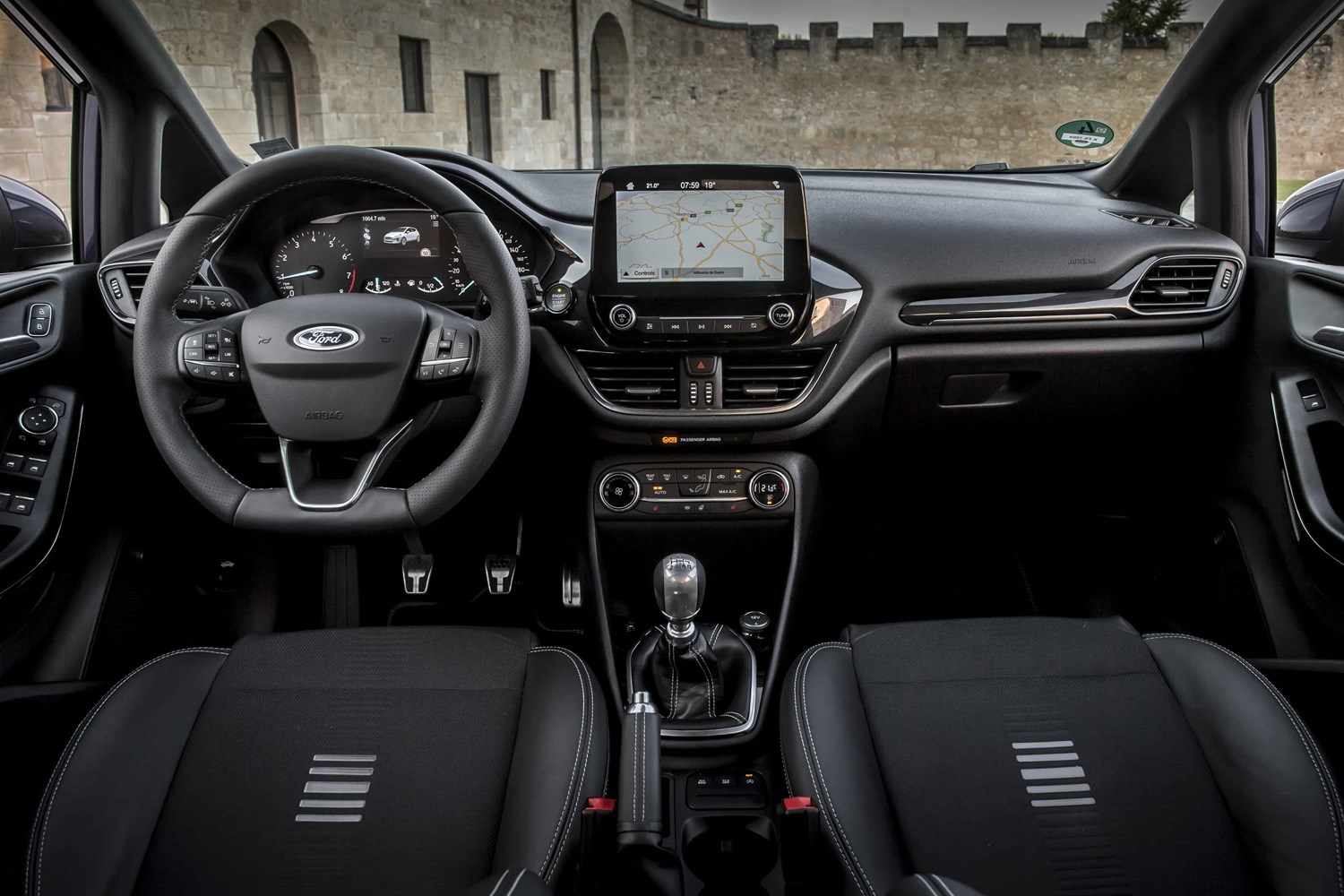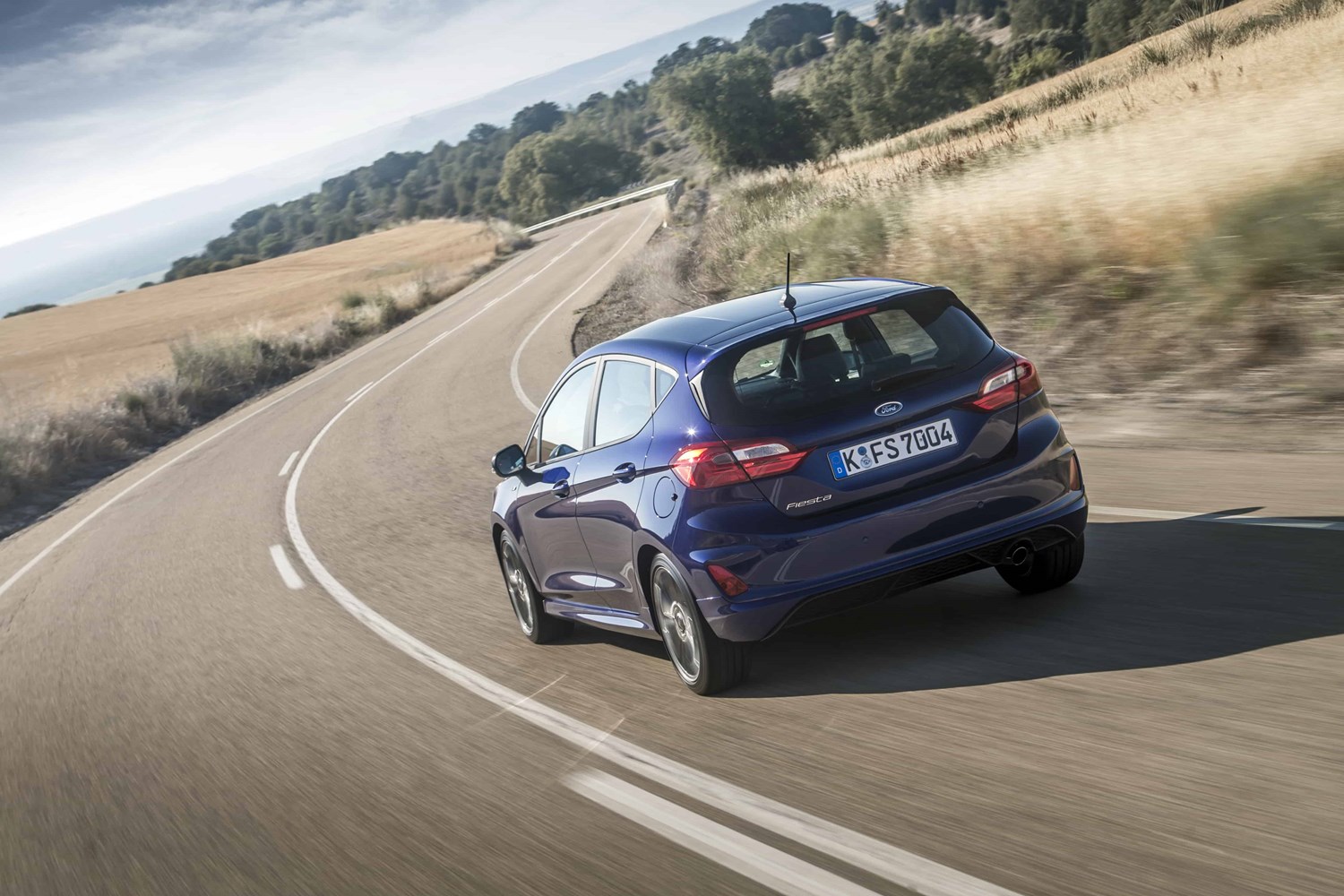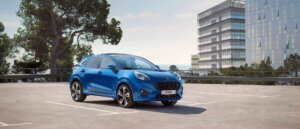Model Review
Introduced in 1976, the Fiesta was built with the design brief of building a car for the oil crisis hit 70s.
It was purposefully small, with the demand for compact cars at a high as the world panicked over a potential fuel shortage. The resulting vehicle proved exceedingly popular, and it soon began sprouting more exciting variants such as the XR2 hot hatch.
A second-generation Fiesta arrived in 1983, and would persist until the tail-end of the decade, taking on competition from a crowded marketplace that included the Nissan Micra, Austin Metro, Peugoet 205 and Vauxhall Nova.
The third generation car that followed in 1989 provided a major leap forward by finally offering a five-door variant, and by the time the radically re-styled fourth generation car arrived in 1995, it was clear that the Fiesta had firmly established itself in the Ford line-up, as well as the sales charts in the UK.
While this version of the Fiesta was on sale, Ford’s popular Escort was discontinued, leaving many to choose between the Fiesta and the then-new Focus. A large contingent went with the smaller car, thus further boosting the Fiesta’s stock.
Into the new century, a fifth-generation Fiesta arrived, with yet another style revamp, and an ever-increasing range of petrol and diesel models. This generation of the Fiesta also introduced the ST badge for the first time. This badge denotes the hot hatch of the Fiesta line-up to this day.
After a gentle facelift that became known as the MK6 arrived in 2005, another more noticeable change came at the tail end of 2008. This time, the Fiesta was styled in a more radical way than ever before, and a mid-life facelift to include the Aston Martin-esque grille used by so many 2010s Fords helped keep the seventh-generation fresh, before it was superseded in 2017.





